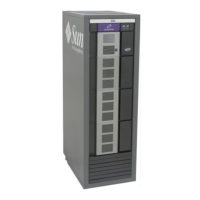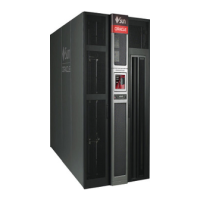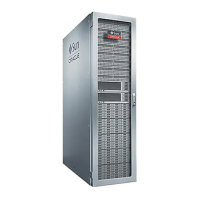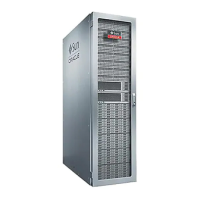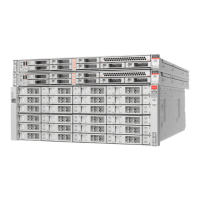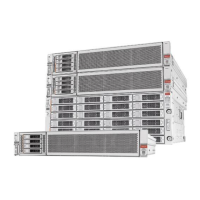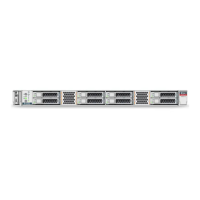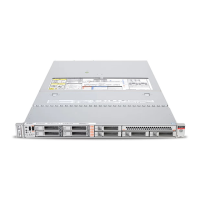library
Glossary-7
hub
A Fibre Channel Arbitrated Loop switching device that enables multiple servers and
targets, such as storage systems, to connect at a central point. A single hub
configuration appears as a single loop.
indicator
A device that provides a visual or other indication of the existence of a defined state.
(T)
initial program load (IPL)
A process that activates a machine reset and loads system programs to prepare a
computer system for operation. Processors having diagnostic programs activate these
programs at initial program load execution. Devices running firmware usually reload
the functional firmware from a diskette or disk drive at initial program load execution.
initialization
The operations required for setting a device to a starting state, before the use of a data
medium, or before implementation of a process. (T)
interface
Hardware, software, or both, that links systems, programs, or devices. (IBM)
internet protocol (IP)
A protocol used to route data from its source to its destination in an Internet
environment. (IBM)
internet protocol v4 (IPv4) address
A four-byte value that identifies a device and makes it accessible through a network.
The format of an IP address is a 32-bit numeric address written as four numbers
separated by periods. Each number can be from 0 to 255. For example, 129.80.145.23
could be an IP address.
internet protocol v6 (IPv6) address
The next generation internet protocol. It provides a much larger address space than
IPv4. This is based upon the definition of a 128-bit address - IPv4 used a 32-bit
address. The IPv6 address format is eight fields of four hexadecimal characters
separated by colons (for example, 2001:0db8:85a3:0000:0000:8a2e:0370:7334)
IP
See internet protocol.
IPL
See initial program load.
LC connector
A standard connector for 2-Gbps or 4-Gbps Fibre Channel data transfer. This type of
connector is used on fiber-optic cables.
library
A robotic system that stores, moves, mounts, and dismounts data cartridges that are
used in data read or write operations.
